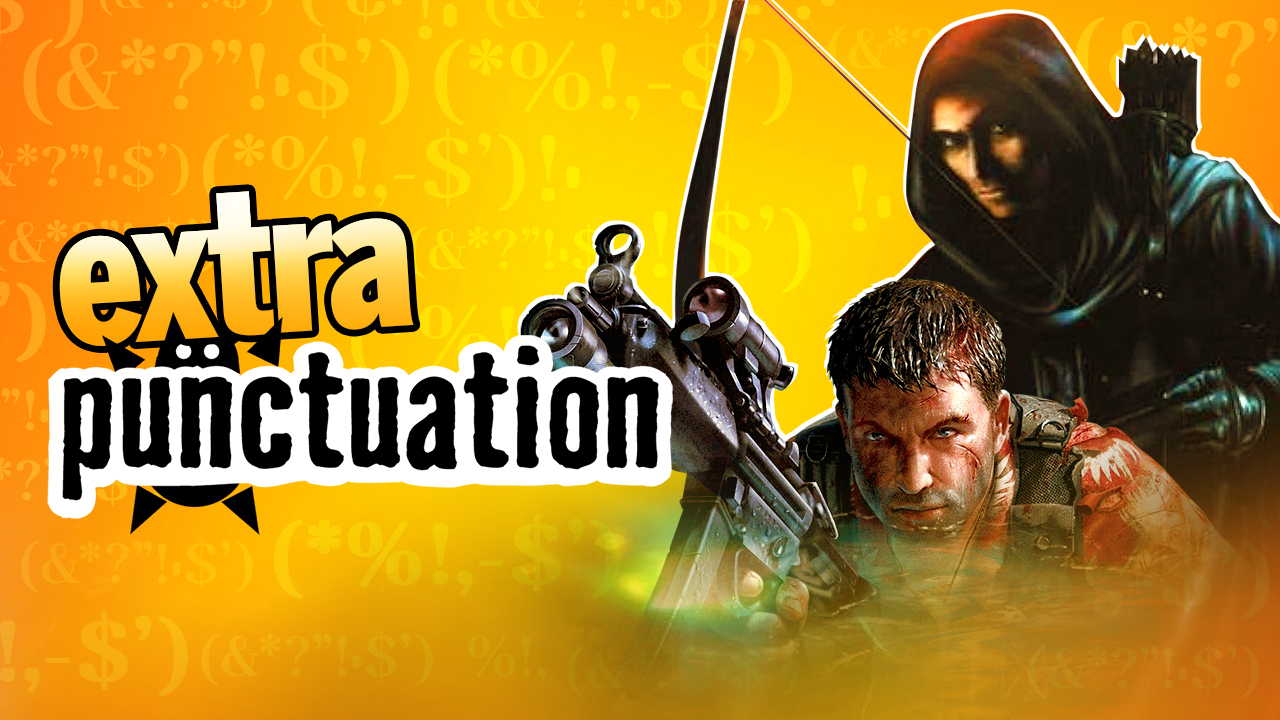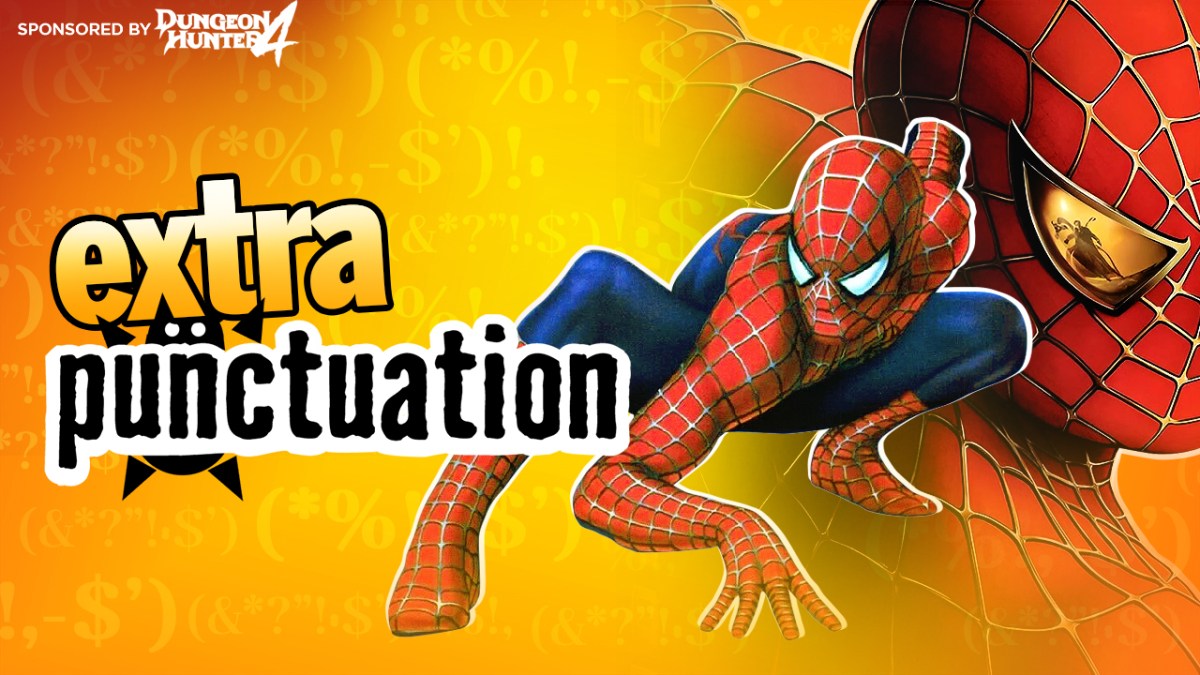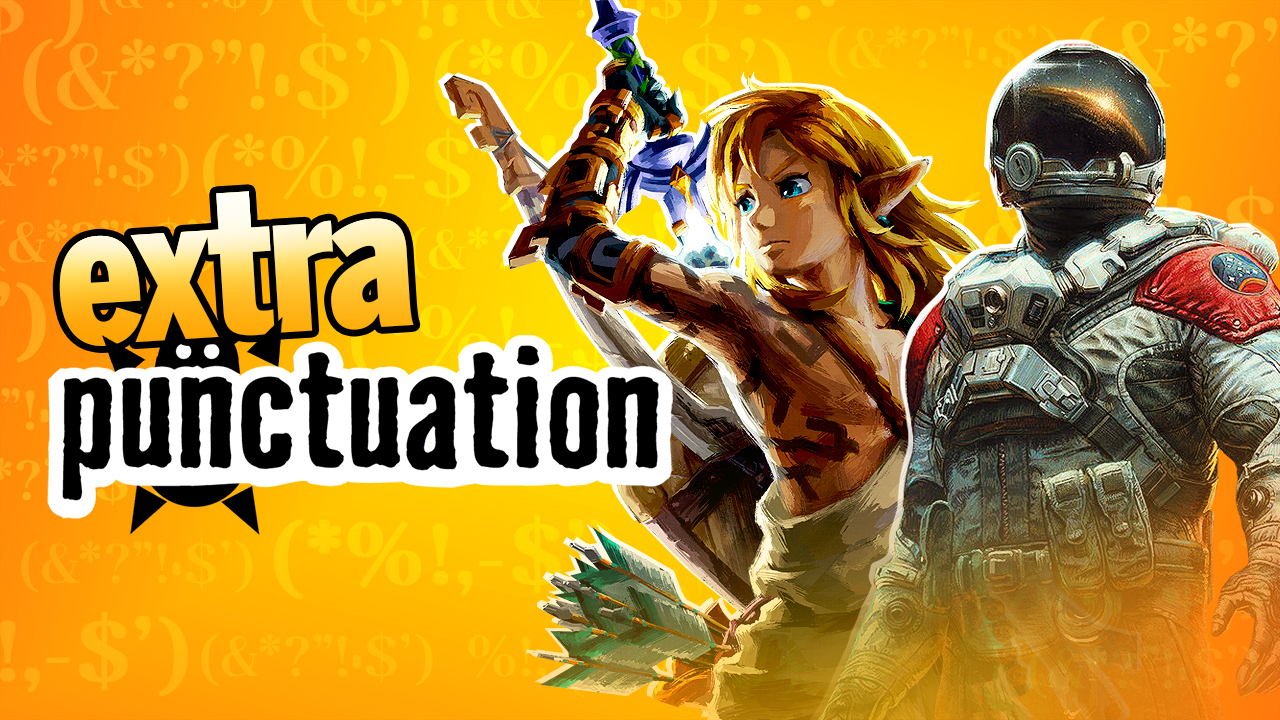
As I’ve said before, I like when a game is elegantly written. I like when a game story manages to get its point across without too much expositional dialogue, ideally within gameplay, not cutscenes. I’m very much a supporter of the ‘show don’t tell’ rule. Partly because it’s boring to slog through too much dialogue at once, and partly because I like when there’s room for interpretation. That’s one thing (of many) that Hideo Kojima has never understood, he writes games like he spent all week working out complex profiles for all his original characters that he thinks are sooo cool and he’s going to sit you down and explain them all at you until you agree. ‘Fat Man’ was named after the atomic bomb, was he? Thanks for sharing, Hideo.
But I like when a story leaves room for interpretation because, as you should know by now, I’m a big fan of over-thinking things. In the past, in this very column, I posed the theory that Bowser seems to be an unconscious stand-in for Nintendo as a corporation, and their relative stance in the video gaming market. I’d like to stay on the subject of Nintendo and address the game that just got Zee-Peed: EarthBound, aka Mother 2. What is the hidden subtext of EarthBound?
I would ask you to consider what kind of audience EarthBound is for. I wouldn’t say it’s for adults. It’s a cartoony game about schoolkids going on a colorful adventure to fight a big mean monster, and it’s all a little bit too mired in themes related to innocent wonder and childlike power fantasy. But at the same time, it’s hard to say that it’s for young kids, either, with the surreality and occasional dark moments. Certainly you’d have to be older than I was when I first watched Yellow Submarine, which gave me fucking nightmares. I think the ideal age is somewhere on the cusp between child and adult. Twelve to sixteen, perhaps. This is also the point in life when puberty kicks in, and that’s not a coincidence.
Yes, once we dig around under the surface, it becomes clear: EarthBound is a game about sexual awakening, and about the realization of the masculine ideal. And that’s with the barest minimum amount of over-thinking.
The game opens with the main character, Ness (or Steve or Twat or whatever you named him) being woken in the middle of the night by a meteorite landing on the hill above his house, which begins the chain of events that sends us on the path to adventure. This is a pretty clear analogy to the manner in which most boys first discover their sexuality: by a sudden and cataclysmic event in the middle of the night, after which nothing will ever be the same again.
For there is a strange power within Ness that was in him all along, and which this night-time happenstance has brought to the surface. Suddenly, he can no longer be constrained by his home and mother, the comfortable trappings of childhood, he must set out and explore this new dimension of experience. Tellingly, his weapon of choice, from the very beginning, is a baseball bat. That long, curved, flesh-colored object best known for firing little white spheroids into the waiting grasp of a leathery mitt.

After a short time whacking things with it, a strange new ability awakens within Ness, manifesting as a spectacular surge of energy that leaves him seeing stars. This power is named by the player, and is referred to obliquely as ‘the best thing ever’. It’s unclear if this attack comes out of Ness’ baseball bat, but Ness is the only one who can use it, and is also the only character who uses a baseball bat, so do the math, son.
The companions Ness accrues on his journey all represent the many ways his path to sexual maturity may take. His first partner is his dog, representing the innocence of childhood, and who almost immediately leaves the party, unnecessary, as the adventure proper begins. Next comes Paula, the girl, the obvious ideal target for our love prong, whom we first meet when we rescue her from a cult devoted to worshiping the color blue. Blue is a color associated with coolness and emotional restraint, and is in contrast with the fiery red of Ness’ baseball cap (another obvious symbol). In freeing her from the blue prison, Ness shows Paula the world of unbridled emotion she yearns for, that the pair can now enter hand-in-hand. At the end of the game, the clear assumption is that this pair are to be a couple, with not a single word of love spoken by Ness himself. For true masculinity needs no words; masculine superiority is self-evident.
The second teammate is Jeff. He is an outsider, hailing from a land to the north, and starts the game in an all-boys boarding school. He represents the option of homosexuality. Jeff specializes in guns and thrown weapons, and these demonstrate to Ness a hitherto-unrealized ‘easier way’ to achieve satisfaction. But Ness is unmoved. Jeff embodies science and intellectualism, which the true man regards with suspicion, for it allows the inferior man to achieve status and success through means other than physical prowess, and that is a world alien to Ness. Even more so is the world represented by Poo, the martial artist. He is the masturbator, who controls his sexual aggression and channels it inwards for personal gratification. But Ness realizes that Poo’s attempts at control, in fact, control him; It is no coincidence that Poo is the late arrival, and furtively disappears mid-game for a period of ‘study’.
And finally, the villain. Giygas, the final boss. It’s a confirmed fact that Giygas’ insane mid-battle dialogue is paraphrased from a rape scene that the game’s designer, Shigesato Itoi, inadvertently glimpsed as a child. On top of that, there is much of H.R. Giger in Giygas’ appearance in the final room, an artist whose entire career is characterized by bodily violation. Note how Giygas imitates Ness’ face when they first meet. Giygas, you see, is of Ness’ creation. It is his dark reflection. It is the final branch in the path to sexual maturity. Ness can either allow himself to be overcome by his own lust, that he has fed all this time to become a force of unstoppable power, or he can realize that true sexual maturity, true masculinity, comes only when that power is tempered with restraint. Paula is the one who ultimately defeats Giygas, and does so by repeatedly praying. Through a show of prudish piety, she kills Ness’ boner, proving that he can overcome his lasciviousness.
A timeless lesson for us all, I think. In next week’s lesson, we discuss how much the Death Star looks like a tit.




Published: Jul 29, 2014 04:00 pm